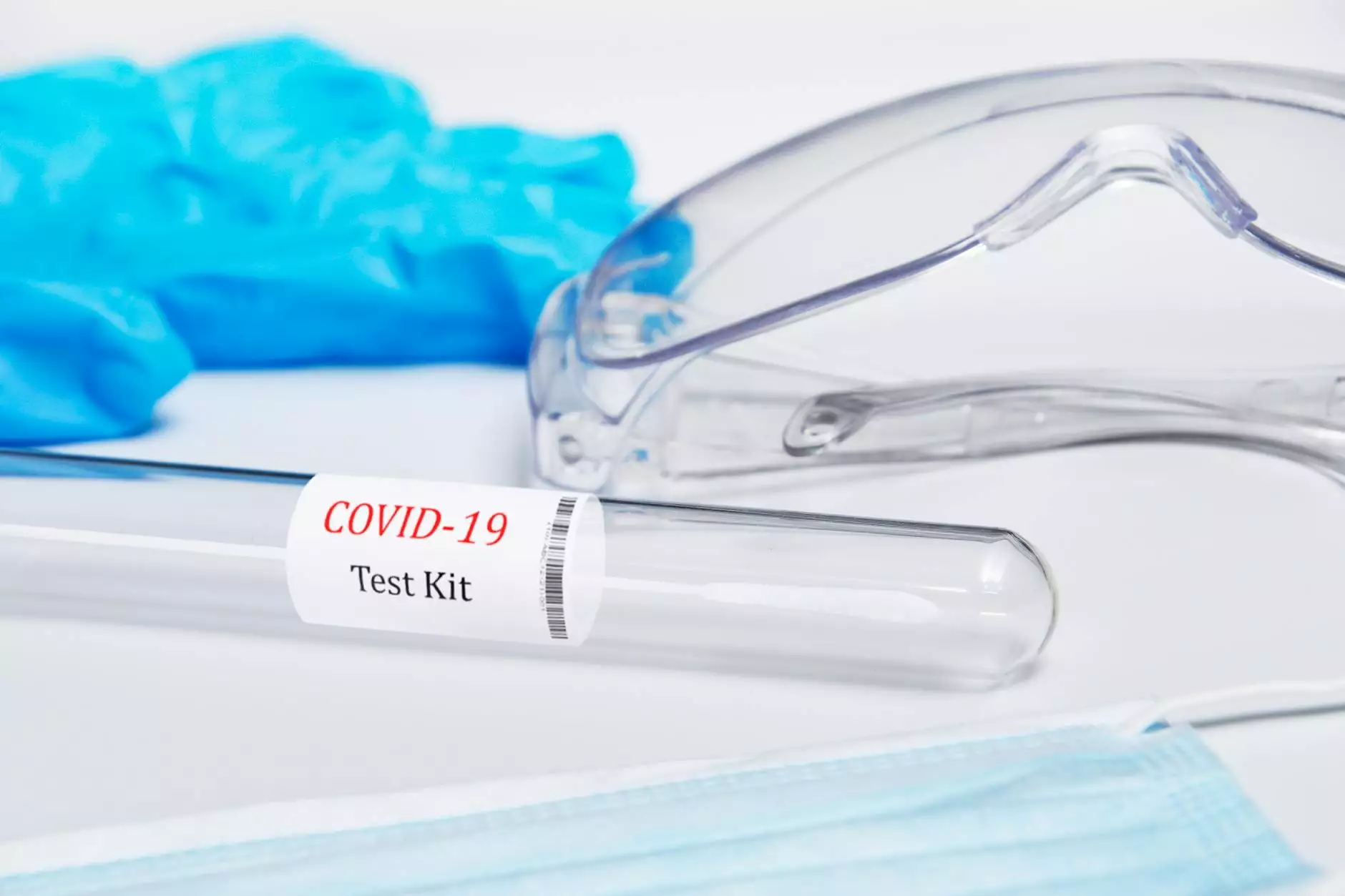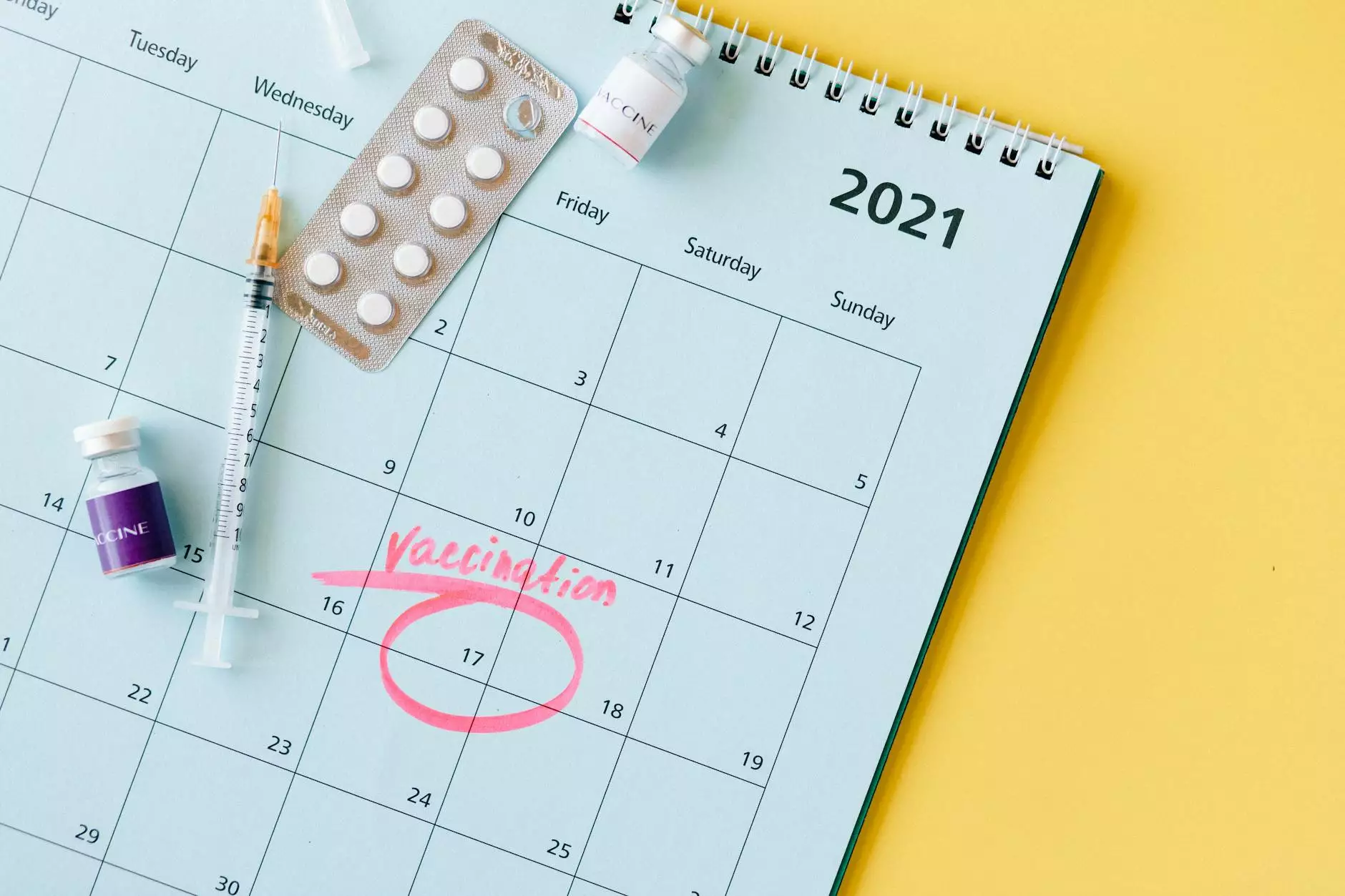Understanding Blood Clots in the Legs

Blood clots in the legs, commonly known as DVT (Deep Vein Thrombosis), are a serious medical condition that can have significant implications if not diagnosed and treated promptly. This article aims to provide an in-depth understanding of blood clots in the legs, covering everything from their causes and symptoms to preventative measures and treatment options.
What Are Blood Clots?
Blood clots are gel-like clumps of blood that can form in the veins or arteries, impeding normal blood flow. When a clot forms in a deep vein, particularly in the legs, it can lead to complications such as vascular disorders or even pulmonary embolism if the clot migrates to the lungs.
Causes of Blood Clots in the Legs
Understanding the causes behind blood clots in the legs is crucial for prevention. Several factors contribute to the formation of such clots:
- Prolonged Immobility: Sitting for long periods, such as during long flights or car rides, can slow blood flow and lead to clot formation.
- Medical Conditions: Some health conditions, including cancer, heart diseases, and conditions that affect blood clotting, can increase the risk.
- Hormonal Changes: Hormonal changes due to pregnancy, hormonal contraceptives, or hormone replacement therapy can heighten susceptibility to blood clots.
- Obesity: Excess weight can increase pressure on veins in the legs, leading to reduced blood flow and higher risks of clot formation.
- Age: Risk increases with age, particularly over 60, as vascular health tends to decline.
Symptoms of Blood Clots in the Legs
Recognizing the symptoms of blood clots in the legs is vital for timely intervention. Common symptoms include:
- Swelling: Sudden swelling in one leg, which may occur along the entire leg or localized in the calf.
- Pain: A persistent pain that often feels like cramping or soreness, typically in the calf.
- Red or Discolored Skin: Skin over the affected area may appear red or have a bluish tinge.
- Warmth: The area around the clot may feel warm to the touch, differing from neighboring areas.
Risk Factors
Identifying risk factors is essential as they guide preventive strategies. Key risk factors include:
- Family History: A personal or family history of blood clotting disorders significantly increases your risk.
- Recent Surgery: Surgical procedures, especially those involving the legs or hips, can enhance the chance of clot formation.
- Venous Injury: Trauma to a vein can lead to clot formation.
- Medical Treatments: Certain medical treatments like chemotherapy may raise the risk of developing clots.
Diagnosis of Blood Clots in the Legs
Diagnosing blood clots requires thorough evaluation and testing. Medical professionals often use the following methods:
- Ultrasound: The most common test, utilizing sound waves to visualize clots in the veins.
- D-dimer Test: A blood test that measures a substance released when a blood clot breaks up; useful for ruling out clots.
- CT Scans: Detailed images of blood vessels can help identify clots in deeper veins.
Treatment Options for Blood Clots in the Legs
Effective treatment for blood clots is essential to prevent severe complications. Common treatment methods include:
- Anticoagulants: Medications such as heparin and warfarin are used to thin the blood and prevent further clots.
- Thrombolytics: Drugs that dissolve clots are sometimes administered in severe cases.
- Compression Stockings: These can help reduce swelling and prevent the formation of new clots.
- Inferior Vena Cava Filter: A filter may be inserted into the inferior vena cava to catch clots before they reach the lungs.
Preventing Blood Clots in the Legs
Prevention involves lifestyle modifications and adherence to medical advice, particularly for those at higher risk. Here are some strategies:
1. Regular Physical Activity
Engaging in regular exercise can improve circulation and reduce clot risk. Simple activities like walking can have a significant impact.
2. Maintaining a Healthy Weight
Keeping your weight in check reduces the pressure on your veins and lowers the risk of clot formation.
3. Staying Hydrated
Proper hydration is crucial for maintaining good blood flow. Drink plenty of fluids, especially during long travels or warm weather.
4. Avoiding Smoking
Quitting smoking improves vascular health and decreases the chances of developing clots.
5. Managing Medical Conditions
Regular monitoring and management of health conditions like diabetes and hypertension are vital for reducing risks.
When to Seek Medical Attention
Immediate medical attention is critical if you experience symptoms such as:
- Sudden leg or chest pain
- Difficulty breathing
- Fainting or dizziness
Conclusion
The importance of understanding and recognizing the signs of blood clots in the legs cannot be overstated. By being aware of the symptoms, risk factors, and prevention measures, individuals can take proactive steps to safeguard their vascular health. At Truffles Vein Specialists, our team of dedicated professionals is committed to providing tailored care and expertise in vascular medicine to aid in the diagnosis, treatment, and management of blood clots.
If you suspect you have a blood clot or are at risk, don’t hesitate to contact us for a comprehensive evaluation and personalized treatment options. Your health and well-being are our utmost priority.
blood clot legs





